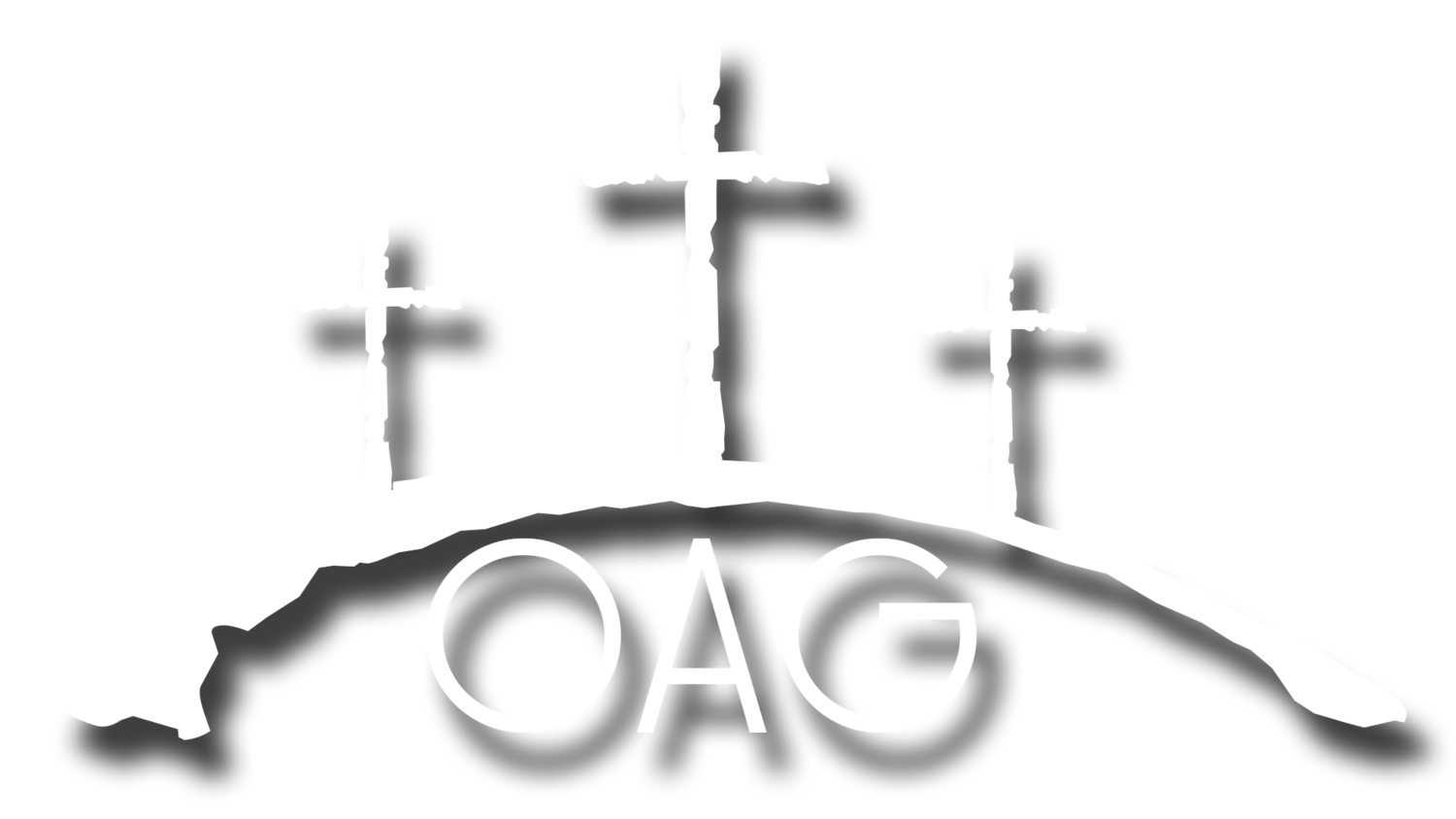God, 3-in-1
Summary
In her sermon to high school students, Pastor Amanda discusses the Christian doctrine of the Trinity, described as God the Father, Son, and Holy Spirit. Using accessible analogies like the three states of water (solid, liquid, and gas), she explains the concept of three distinct persons existing as one God, emphasizing the importance of understanding and personal belief in this fundamental aspect of Christianity. She encourages students to explore and articulate their own beliefs about the Trinity, using scripture and personal reflection to make the doctrine relatable and significant in their daily lives. The interactive sermon aims to deepen students' faith and understanding of their relationship with God.
-
Understanding the Trinity: What is your understanding of the Trinity based on Pastor Amanda's sermon? How does the concept of three persons in one God make sense to you?
Analogies for the Trinity: Pastor Amanda used the analogy of the three states of water (solid, liquid, & gas) to describe the Trinity. Do you find this analogy helpful? Can you think of other analogies that might better explain the Trinity?
Personal Beliefs: How does the sermon challenge or support what you previously believed about the Trinity? Has your understanding changed after listening to the sermon?
Importance of Doctrine: Why do you think understanding the Trinity is important in Christian faith? How does it affect the way we view God and our relationship with Him?
Biblical References: Pastor Amanda used several scripture passages to explain the attributes of God. Which of these passages was most impactful for you, and why?
The Role of the Holy Spirit: What role does the Holy Spirit play in the Trinity and in our lives according to the sermon? How does this compare to your previous understanding?
Questioning and Belief: Pastor Amanda encourages questioning and developing personal beliefs. What questions do you still have about the Trinity or other aspects of your faith?
Faith and Reasoning: How do you balance faith with reasoning when it comes to complex doctrines like the Trinity? Is it okay to have questions about what you believe?
Sharing Faith: If a friend asked you about the Trinity, how would you explain it based on this sermon? What key points would you want to share to help them understand?
-
Starter:
Pastor Amanda opens with a casual, engaging question comparing a "three-in-one" shampoo to the concept of the Trinity, which leads into the main topic of the sermon.
Quick reference to different types of churches and their names, setting the context of their own church identity (Assemblies of God).
Message:
Explanation of the Trinity: God the Father, God the Son (Jesus), and God the Holy Spirit.
Biblical references to support the existence and attributes of each person of the Trinity:
Omnipresence, omniscience, and omnipotence of God (Psalm 139, Jeremiah 32:17).
Jesus as the Word and God, present from the beginning (John 1).
Role and presence of the Holy Spirit in believers' lives (2 Corinthians 3:17-18).
Dig Deeper:
Deeper theological exploration of how the Trinity functions as one entity despite being three distinct persons.
Encouragement to students to think critically about the doctrine, asking questions, and discussing amongst themselves to deepen their understanding.
Application:
Pastor Amanda urges students to reflect on their own beliefs regarding the Trinity and challenges them to articulate these beliefs.
Discussion of practical implications of the Trinity in daily Christian life, such as prayer, worship, and personal faith journey.
Encouragement to explore the Assemblies of God's fundamental truths, especially focusing on personal adherence to these beliefs.
Conclusion:
Recap of the importance of understanding the Trinity in the context of Christian faith.
Final prayer and call to personal reflection, encouraging students to continue exploring and affirming their faith independently.
Invitation for further dialogue and exploration through questions and group discussions, emphasizing the ongoing nature of faith development.
